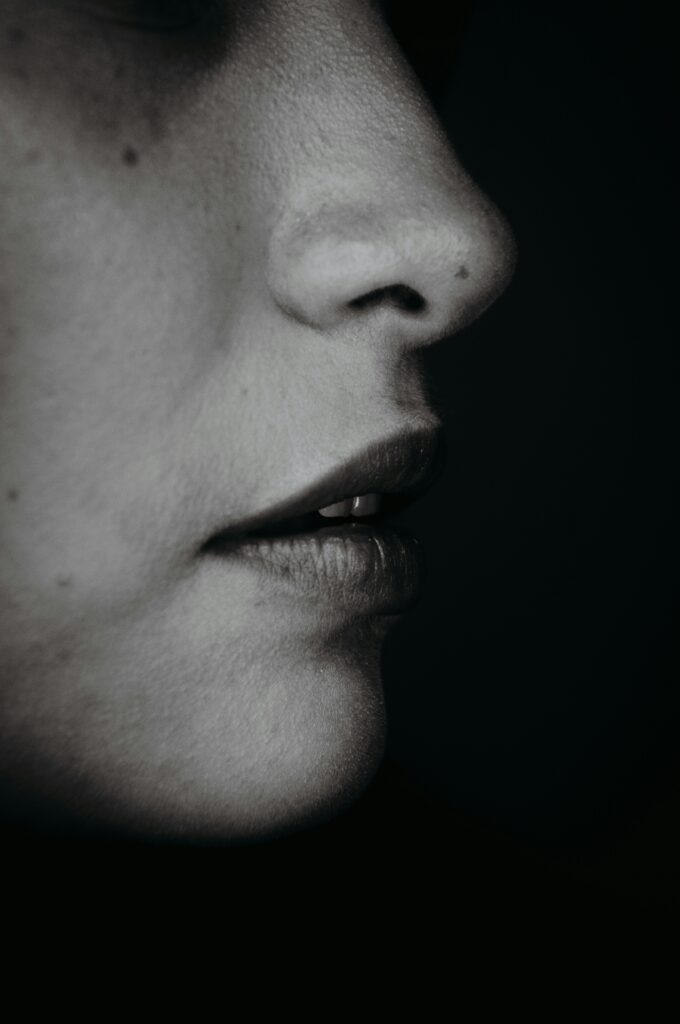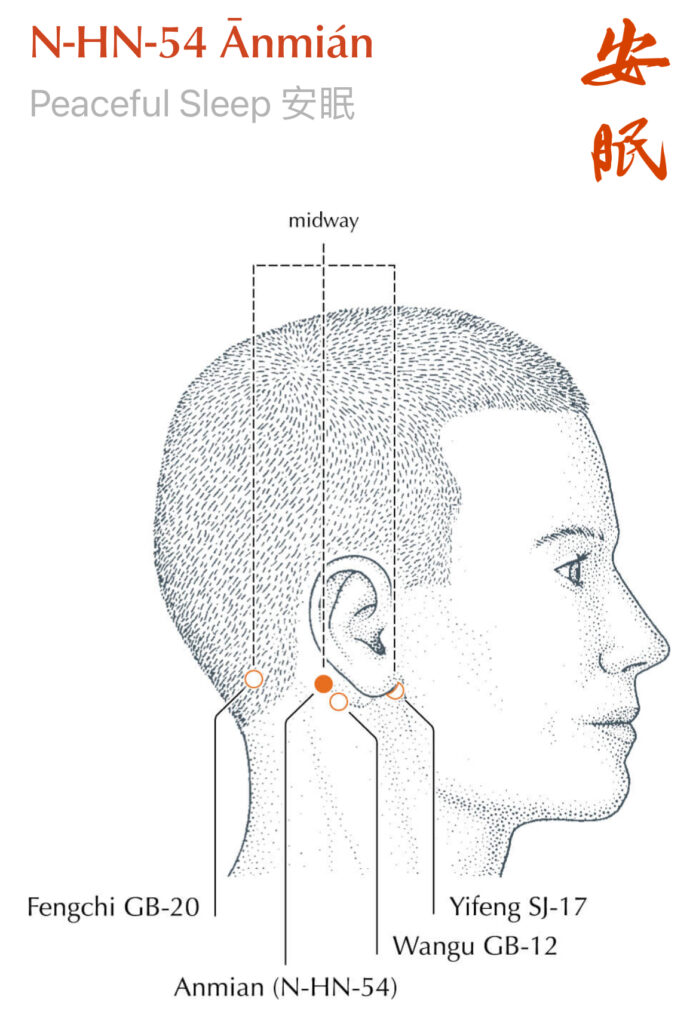Through the implementation of self-help strategies for Meniere’s disease, you can feel empowered to manage symptoms effectively. Regular exercises, relaxation techniques, and lifestyle adjustments like the ones we will suggest today can play a crucial role in alleviating discomfort.
There are several effective therapies for Meniere’s disease that you can do to improve symptoms and stabilize attacks. These methods, including face massage, nasal breathing, gua sha, acupressure, pressure points, and AOYI patches, can help you manage meniere’s ear disease – and hopefully improve your day-to-day quality of life, living with its symptoms.
Stimulates lymphatic flow and sinus drainage, relaxes facial tension, and helps relieve ear pressure and congestion.
Encourages diaphragm activation, reduces stress by calming the sympathetic nervous system, and boosts nitric oxide production to improve circulation to the inner ear
A scraping technique that increases microcirculation and releases tension in the neck and jaw, areas commonly involved in vertigo and ear symptoms.
Herbal medicated patches applied on the acupuncture poitns to help decrease stress.
Uses gentle pressure on acupuncture points to regulate nervous system activity, promote fluid movement, and reduce dizziness.
Learn a daily routine that keep you feeling good and attack free.
By focusing on three critical areas around your ears, you can significantly reduce symptoms through simple massage and manual manipulation
Targets the jaw, affecting the trigeminal nerve and pterygoid muscles, which influence the eustachian tube.
Improves lymphatic drainage and decreases potential nerve compression at the greater auricular nerve
Relieves nerve and blood flow restrictions in the neck that aggravate symptoms and can cause dizziness
Simply put, look for areas of pain.
Areas that feel more tender on touch or are more painful compared to the other side of the head typically respond well to treatment and can offer stronger results.
When paired with controlled nasal breathing, facial massage can provide significant benefits for these common symptoms of Meniere’s
Massaging the nose and ears helps drain mucus and clears blocked eustachian tubes.
Place your palms on your face and gently rub upwards and downwards. Focus on releasing tension in the forehead and jaw
Split your fingers so some are in front of your ears and others are behind. Massage the sides of your head in a up and down motion.
Run your hands through your hair, massaging the scalp to release tension. Clasp your hands behind your neck and massage the base of your skull, focusing on the occipital area.
Nasal breathing supports relaxation by engaging the parasympathetic nervous system, promoting a calming effect on the body. It also increases nitric oxide production, which improves blood circulation to critical areas like the ear and eustachian tubes. Nasal breathing also encourages diaphragmatic breathing, which can help prevent chronic neck tension

When paired with controlled nasal breathing, facial massage can provide significant benefits for these common symptoms of Meniere’s
Using your diaphram, inhale gently through the nose for four seconds
Exhale through your nose for longer than you inhale (eight seconds)
As you breath out add a humming sound to create vibrations that enhance nitric oxide production in your sinuses
This therapy can effectively address the cervical dizziness, migraines, and tension headaches that often come with Meniere‘s disease. By relieving pain and tension in the upper cervical region, patients often experience relief
Gua Sha works amazingly for relieving nerve pressure in the occipital and upper cervical region, which are common trouble spots in Meniere’s disease. It helps symptoms by improving circulation and reducing muscle tension, and can be done regularly to address symptoms and find nearly immediate relief.
Apply liniment like Evil Bone Water to minimize friction on the skin.
Use a rounded-edge tool,(such as a Chinese soup spoon a jar lid, or the back of a comb.
Scrape gently from your hairline to your shoulders.Gradually increase pressure comfortable feeling of relief
This therapy can effectively address the cervical dizziness, migraines, and tension headaches that often come with Meniere‘s disease. By relieving pain and tension in the upper cervical region, patients often experience relief
Stress significantly worsens Meniere’s symptoms. There is research showing that Meniere’s attacks come with a spike in SNS. People often report stress situations as a trigger for an attack. Stress causes blood vessels to constrict in the hands and feet, causing tightness in the jaw and neck tension. AOYI patches help keep you grounded and increase circulation to the feet.
Use AO YI patches daily or during times of high stress for consistent relief
Inside ankles or soles (SP-6 and Kid-1 points)
Acupressure targets specific body points to alleviate pain, dizziness, and anxiety. Points near the jaw, below and behind the ear, relieve nerve and muscle tension, which can enhance lymph drainage. Points near the feet help calm the nervous system and decrease stress.

Gently rub each point in small circles (both clockwise and counterclockwise) for about one minute. Repeat this 2–3 times daily, or whenever you feel the need for relief. You can also try grasping the point by gently squeezing and lifting the skin or muscle around it using your thumb and fingers. Most importantly, listen to your body. Do what feels good
Fold the earlobe forward to reveal this point. It is the deep depression just under the ear. It is located between the ramus of the mandible and the mastoid process in the depression, just superior to the palpable transverse process of the first cervical vertebrae. Targeting this area can improve lymph drainage
Four finger-widths above the prominent bone on the inside of your ankle (the medial malleolus), the spot, found in a slight depression just behind the edge of the tibia (the shin bone). Targeting this area can help restore calm and balance.
Find the midpoint between GB20 (at the base of the skull) and SJ17 (below the mastoid process). Anmian is slightly above this midpoint.
Press tacks are small adhesive needles providing ongoing stimulation, reducing inflammation and improving drainage
People who experience short-term relief with acupuncture, and want it to last longer.
Don’t let Meniere’s disease control your life. By consistently incorporating these effective home therapies, you’ll likely notice decreased symptoms and greater comfort, improving the quality of your life!
If you’re struggling with vertigo, dizziness, or Meniere’s Disease, you understand how frustrating it can be when your symptoms are misunderstood or dismissed by healthcare providers, leaving you without a clear path to relief.
Willard Sheppy, a licensed acupuncturist and Chinese herbalist, knows exactly how you feel because he himself lives with Meniere’s Disease and has successfully managed his condition through acupuncture, herbal medicine, and lifestyle strategies.
With firsthand experience and deep expertise, Will provides personalized care aimed at addressing the underlying causes of vertigo, reducing symptoms, and restoring balance to your life.
Willard Sheppy holds a Master’s degree in Acupuncture and Oriental Medicine from the Oregon College of Oriental Medicine and is a Diplomate of Oriental Medicine certified by the NCCAOM.